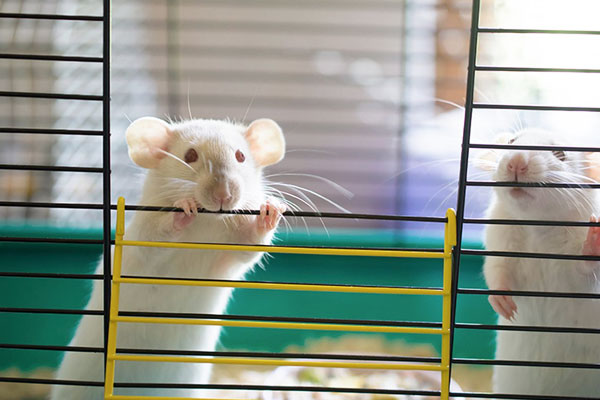THIS IS NO MICKY MOUSE STUDY –
Dec. 1, 2023 – The researchers first gave the rats cocaine, and the animals learned how to self-administer the drug. Eventually, they developed either high or low levels of addiction. To study how addiction in the absence of drugs affected the brain, the researchers next withheld the drug to make the rats go through withdrawal.
The researchers found that rats with stronger addiction had differences in genes related to energy production and usage. “The way cells use energy is very important for addiction related behaviors,” said Telese. One way that energy could affect brain cells is by changing GABA neurotransmitter signaling—the main way that neurons inhibit signal transmission—which had been implicated in addiction by previous studies.3 When the researchers measured GABA signaling, it was elevated in the addicted rats’ inhibitory neurons.
The scientist thought that changes in energy usage could also affect how cellular machinery works. For example, some proteins called pioneer transcription factors can bind to DNA and change its conformation to affect gene expression, which requires energy. Looking at the ATAC-seq data, the researchers observed that the DNA regions that were easier to access were places where pioneer transcription factors bind. The team hypothesized that this could be another way that energy is involved in addiction, and genetic differences between individuals could change the transcription factors’ activity and the strength of the resulting addiction.
While this study focuses on cocaine addiction, Telese was encouraged to see a recent pre-print that found similar changes in metabolism and energy in monkey and human models of opioid addiction.4 “Not all drugs are the same, but the hallmarks of addiction are the same,” Telese said. “It’s possible that this is a common mechanism in different addictions, but of course we need to test it.”



